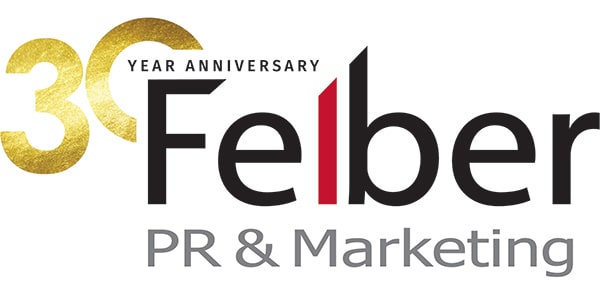How to Get the Media to Pay Attention and What to Do Once They Do
I recently got the opportunity to see president Rob Felber speak at the Urban League of Greater Cleveland on how to get the media to pay attention and what to do once they do.
Every business should be transparent and showcase any newsworthy content to its key publics. But deciding what is newsworthy can be hard to determine, as well as deciding whether or not you need PR help.
So, ask yourself. Does your business need PR help? Felber makes some points and tips that can help your business make a wise decision.
Recognizing the need for PR
Recognizing the need for PR should always be the first step for anyone looking into getting his or her business out to the public. Needs include, but are not limited to:
- Being transparent
- Removing any rumors that might exist
- How your product is unique/different
Felber defines PR as “a company announcement, an attempt to mitigate a problem (crisis), activities to improve an image, a recruitment tool, a method to drive sales inquiries, etc.” PR is also the best tool to keep long-term relationships with clients and potentially gaining more.
Newsworthiness
What is considered newsworthy for your audience? Some things you should think about are “why should the editors care” and “what do I want to happen when the public reads our news?” In the following entries, decide which are newsworthy content:
- Company A nominated as 2013 top Fortune 500 company
- Company A revamps website into modern look
- Company A gives back to the community
- Company A President and CEO steps down after 55 years
Hopefully you did not pick the second headline. Why? Here are some of my explanations for each one of them:
- When a business is nominated as a Fortune 500 company, that’s good PR. What business does not want to be ranked as one of the top 500 corporations in America? Not only should your company be proud of that, but also the employees and consumers will feel special and continue to support your business.
- It’s not news when your company revamps its website. It could have been just a basic HTML format turned into this modern sleek look, but no one else will care for it as much as you and maybe some of your employees. It’s cool, sure, but when it comes to catering news to your key publics, make sure you consider what all of your stakeholders want to know.
- When a company gives back to the community, the community acknowledges your transparency and sincerity. This is the type of news that will touch people’s hearts and can influence them to respect your company.
- In August 2011, Steve Jobs stepped down from his CEO position due to health complications. He was always transparent before and after his health issues and still managed to do as much as he could. Besides the fact that he has a long legacy with Apple, he was the face of Apple and everyone – both stakeholders and shareholders – was updated on a regular basis.
And sometimes even the smallest news, such as a spotlight on an employee, may be much bigger than you think. Ellen Burts-Cooper, Senior Managing Partner of Improve, said she never would have thought the media, specifically by the Cleveland Plain Dealer, would pick up a story about a high school girl, whose book is sold on Amazon. She began to think about what else may be newsworthy for her organization.
Think about it. What news do you have for your audience that they will care about?
What to do now?
What’s nice about PR is that there are many ways to grab the media’s attention. Your business could pitch letters, send out make media alerts and/or hold a press conference. Although press releases seem to be the most popular tool, Felber likes to describe it as the “least sexiest way” because the format does not allow for “colorful language” and sticks more to the facts.
And when the media is ready to listen, make sure you’re confident and ready to pitch your story. Michael Obi, president & CEO of Spectrum Global Solutions, said to always keep up with what is going on in the news because one story that you may have on file could be significant around an event that may be happening.
Felber added to make sure your company has something ready to go for when the media is looking for some content. Have some of your staff seek media training in order to have graphics or video on file, as well as keeping your internal communications up to date about the story.
There are many things that PR can offer to help your business reach out to your key publics. So, ask yourself again. Does your business need PR help?
Cindy Deng is a PR & marketing intern at Felber PR & Marketing and a public relations student at Kent State University. She is also the Intercampus Liaison for the Public Relations Student Society of America, KSU chapter and a mentor for the Provost’s Leadership Academy.

Leave a Reply
Want to join the discussion?Feel free to contribute!